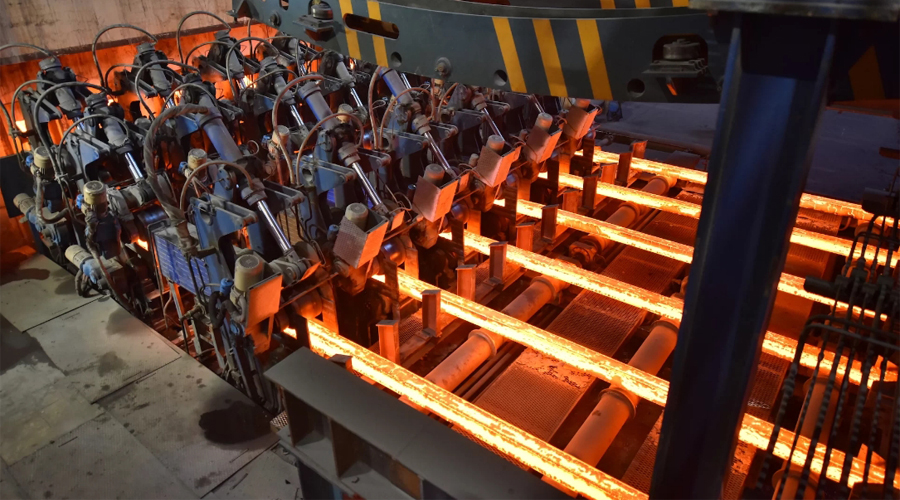Continuous casters pours molten steel into a water-cooled mold and solidifies it into a continuous billet.
This continuous wire is then further processed into various shapes and sizes. Continuous casting is a method widely used in the steel industry to produce high-quality steel. Continuous casters play a vital role in this process as they determine the quality and efficiency of steel production.
In this article, we will explore the classification of continuous casters, focusing on the different types and their respective advantages.
Continuous Casters Classification
Continuous casters are classified based on various factors, including the type of mold used, the number of strands produced, and the method of mold vibration. Let’s delve into these classifications and understand their importance in the steel manufacturing process.
a) Mold Type:
Continuous casters can have open or closed mold systems.
Open-mold casters have an open-top mold that allows easy removal of the cured casting. These casters are often used to produce simple shapes such as slabs and blooms. A closed mold casting machine, on the other hand, has the mold closed on all sides, creating a controlled environment for the solidification process.
This type of CCM is more suitable for producing more complex shapes such as billets and thin slabs because it allows better control of the cooling and solidification process.
b) Number of Shares:
Continuous casting machines can produce single or multiple strands at the same time.
Single-strand casters are typically used to produce larger sections, such as slabs, while multi-strand casters are more efficient at producing smaller sections, such as billets and blooms. The number of strands a continuous caster can produce depends on the width of the mold and the desired product size.
c) Mold Vibration:
Mold oscillation refers to the movement of the mold during solidification.
It helps ensure uniform setting and reduces defects in the final product. Continuous casting machine can have vertical or horizontal mold vibration systems.
Vertical vibration is often used to produce slabs and larger sections because it allows better control of the solidification process. Horizontal oscillation, on the other hand, is more suitable for producing smaller cross-sections as it allows for faster solidification and higher productivity.
In conclusion, continuous casters play a vital role in the steel manufacturing process and their classification helps in selecting the type best suited for specific production needs. Whether open or closed mold, single or multi-strand, vertical or horizontal oscillation, each classification offers unique advantages.
Understanding these classifications enables steel manufacturers to optimize production quality and efficiency, ultimately producing high-quality steel products.

